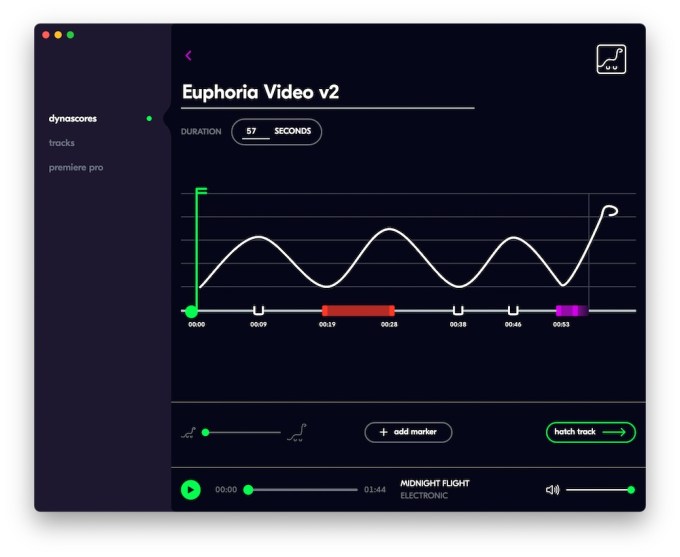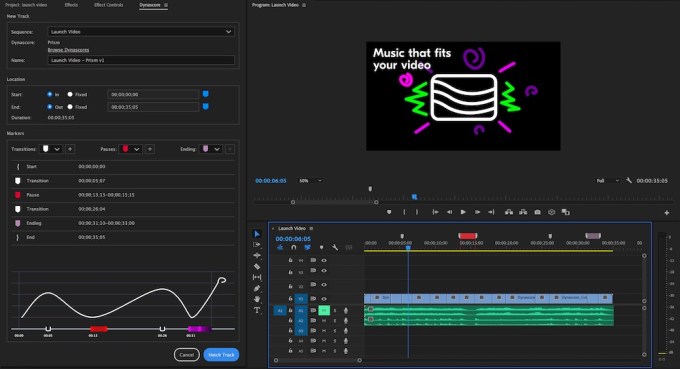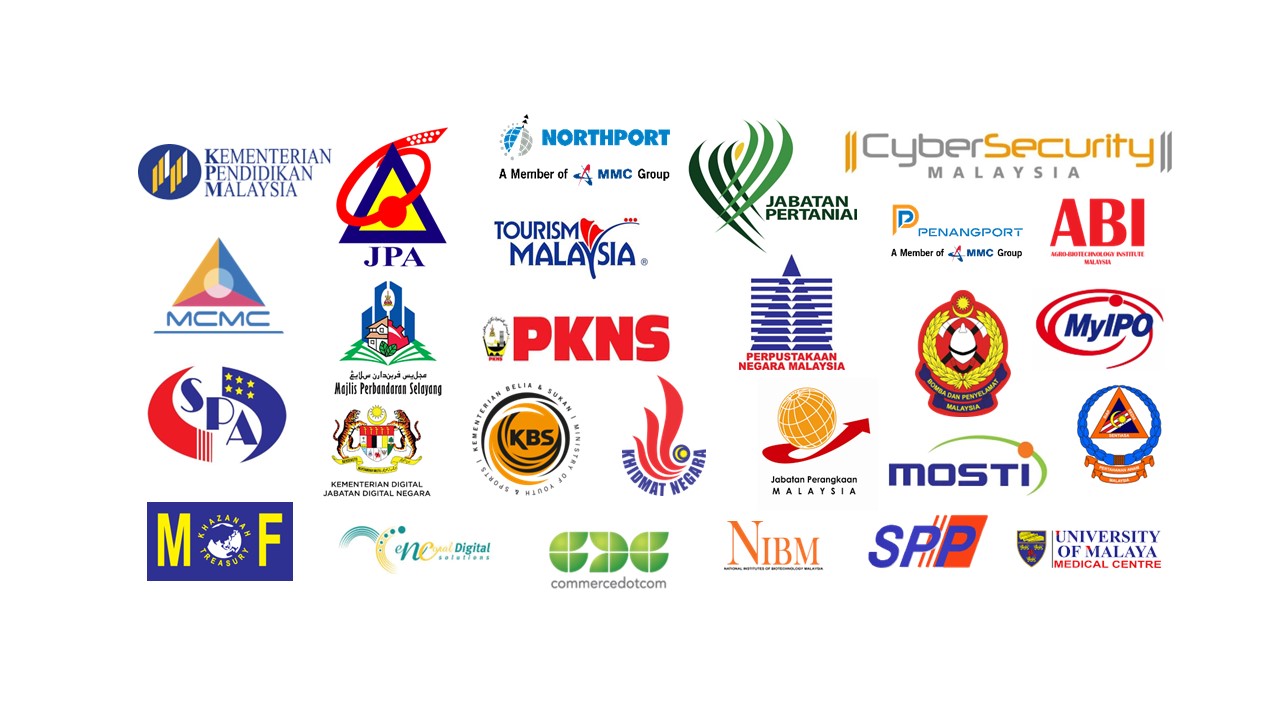News: Private chef parties at home startup Yhangry raises $1.5M Seed from VC angels and Ollie Locke
There’s an “uber for everything” these days and now there are “Ubers for personal chefs”. Just take a look at PopTop or 100 Pleats for instance. Now in London, there is Yhangry (which brands itself as the appropriately shouty YHANGRY). This is a “private chef parties at home” website, and no doubt an app at
There’s an “uber for everything” these days and now there are “Ubers for personal chefs”. Just take a look at PopTop or 100 Pleats for instance. Now in London, there is Yhangry (which brands itself as the appropriately shouty YHANGRY). This is a “private chef parties at home” website, and no doubt an app at some point. The startup has now raised a $1.5 million Seed round from a number of notable UK angels which also includes a few UK VCs for good measure, as well as ‘Made In Chelsea’ TV star Ollie Locke.
Founders Heinin Zhang and Siddhi Mittal created the startup before the pandemic, which lets people order a made-to-measure dinner party online. Although it trundled along until Covid, it had to pivot into virtual chef classes during lockdowns last year and this. The company is now poised to take advantage of London’s unlocking, which will see legal outdoor and indoor dining return.
The startup also speaks to the decentralization of experiences going on in the wake of the pandemic. In 2019 we were working out in gyms and going to restaurants. In 2021 we are working out at home and bringing the restaurant to us.
Normally booking private dinner parties involves a lot of hassle. The idea here is that Yhangry makes the whole affair as easy to order as an Uber Eats or Deliveroo.
Investors in the Seed round include Carmen Rico (Blossom Capital), Eileen Burbidge (Passion Capital), Orson Stadler (Antler) and Martin Mignot (Index Ventures), Made In Chelsea star Ollie Locke, plus fellow tech founders including Jack Tang (Urban), Adnan Ebrahim (MindLabs), Alex Fitzgerald (Cuckoo Internet), Georgina Kirby (Vinehealth) and Deepali Nangia (Alma Angels). Yhangry’s statement said all the investors are also keen customers. I bet they are.
Co-founder Mittal said in a statement: “By making private chef experiences more accessible and affordable, our customers regularly tell us they are finally able to catch up with friends at home… 70% of our customers have never had a private chef before and for them, the freedom and flexibility to curate their own evening is priceless.”
Yhangry now has 130 chefs on its books. Chefs have to pass a cooking trial and adhere to Covid rules. The funding will be used to double the size of the startup’s team.
The menus start at £17pp for six people. The price of the booking covers everything, including the cost of the fresh ingredients, but customers can add extras, such as wine etc. Since its launch in December 2019, the firm says it has served more than 7,000 Londoners.
Yhangry says it will enter key European markets, such as Paris, Berlin, Lisbon and Barcelona.
How will Yhangry survive post-Covid, with restaurants/bars opening up again?
Mittal said: “When restaurants were open between our launch and March 2020, we saw demand because people want to be able to spend time with their friends in a relaxed setting, and aren’t limited to the two-hour slot you get in a restaurant. Once places start to open up again, we believe Yhangry will follow this trend of at-home dining and socializing – not to mention for people who are not ready yet to go out to a busy pub or restaurant.”





